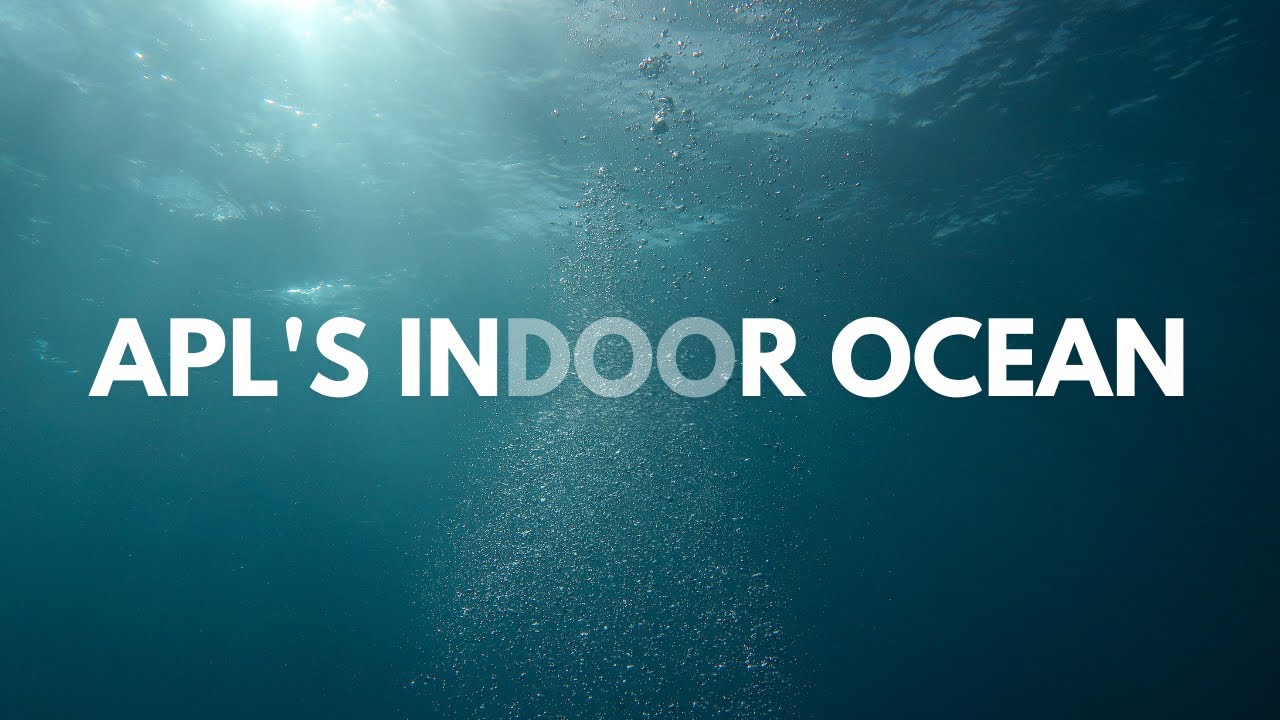Press Release
Johns Hopkins APL Diving into Marine Environments with New Lab
It started with an age-old problem: researchers needed something specific to push their work forward, went looking for it and found it didn’t exist. Their solution? Simply create a state-of-the-art research facility from the ground up.
Two years after their initial search for a space that could foster marine molecular biology and analytics, scientists at the Johns Hopkins Applied Physics Laboratory (APL) in Laurel, Maryland, work every day on multiple different projects in a 3,000-square-foot, first-of-its-kind laboratory on unique maritime biology research.
The NAMI facility, which opened in the summer of 2020 at APL, was intended to do what Tom Lawton and Sarah Herman call “applied marine biology.” It houses aquariums sized from 10 to 1,000 gallons and the capability to make its own seawater (at full operation, up to 10,000 gallons per day). The space is also home to a wide variety of organisms — from barnacles and mussels to crabs, coral and algae species.
The facility is groundbreaking for APL in that it further pushes the boundaries of maritime biology, enables myriad opportunities for environmental research and connects the Research and Exploratory Development Department (REDD) team with other sectors and departments across the Lab, particularly the Force Projection Sector.
“We’re really unlocking the power of biology for national and environmental security,” said Herman, who leads APL’s biological and chemical sciences program. “It’s really going to move us forward in terms of enabling the type of environmental research the Lab is doing more and more of.”
Originally, the REDD team sought a partner with a facility like this, found none and opted instead to create this one — which vastly expands the horizons of what APL can do in this area of study.
“There are a lot of people doing basic research in marine biology, but we want to see that work develop into new novel technologies,” said Lawton, a chief scientist in REDD and the facility’s technical lead.
While much of their work is focused on national security challenges, researchers are also tackling issues related to climate change, studying the environmental impact of technologies like antifouling coatings, and performing other more basic research of organisms in controlled settings.
There is no bias of native water, as the NAMI facility, short for tsunami, generates and disposes of all its own. Researchers can also control the temperature and salinity of the water, as well as the organisms they’re inserting into it, to make model environments.
That allows them to do rapid prototyping under highly controlled variable situations, get a first answer faster and then determine what to test in field settings. Field testing, while exceptionally important, can be time consuming and costly. The ability to thin the herd of possibilities in the lab adds extreme value.
Ultimately, as APL continues to push this line of study forward, having this facility will be a boon to opening up new areas of research that will impact national security- and climate-focused projects from across the Laboratory.
“Our goal was to allow any sponsor to come to APL with any question or problem that happens to take place in the marine environment,” Herman said. “With this facility, we have the capability to solve problems that would be challenging to address anywhere else.”
